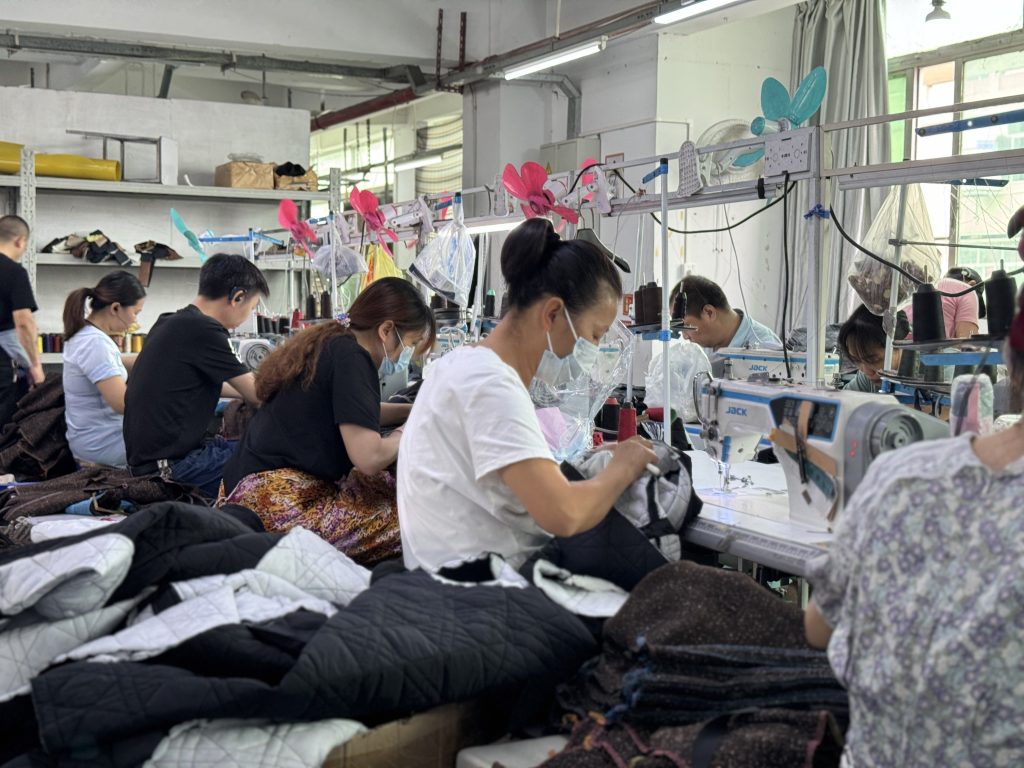A Clothing Manufacturer’s Guide to Reducing Textile Waste
In the era of environmental consciousness, reducing textile waste has become a priority for clothing manufacturers. Here’s how the industry can contribute to a greener future:

Adopting Sustainable Materials
This goes beyond choosing eco-friendly fabrics. It involves understanding the sourcing of materials, the environmental impact of their production, and exploring innovative materials like organic cotton, bamboo, and recycled polyester. As a clothing manufacturer, developing partnerships with suppliers who prioritize sustainability can significantly impact your ecological footprint.
Implementing Efficient Production Techniques
Production efficiency not only saves costs but also reduces waste. This can include using computerized pattern cutting to optimize fabric usage, implementing lean manufacturing principles, and adopting practices like just-in-time production to minimize overproduction.

Upcycling and Recycling Initiatives
Encourage creative reuse of textile waste. This could involve designing new collections using offcuts or partnering with other industries to repurpose textile waste. Additionally, investing in technology that can recycle textile waste back into usable fabrics can revolutionize your manufacturing process.

Education and Industry Collaboration
Fostering a culture of sustainability within your organization and the wider industry is key. This includes training staff, engaging in industry forums on sustainability, and sharing best practices. Collaborating with designers from the inception of a project can integrate eco-friendly practices throughout the design and production process.
kno032024-02
Google: D&J Fashion Manufacturer
Leave us a Google Review
Facebook: dnjfashionofficial
Instagram: dnj_fashion_official
Linkedin: D&J Garment Manufacturing and Supply Chain
Pinterest: dnjfashion
Youtube: @dnjfashion_official
Tik Tok: @dnj_fashion

